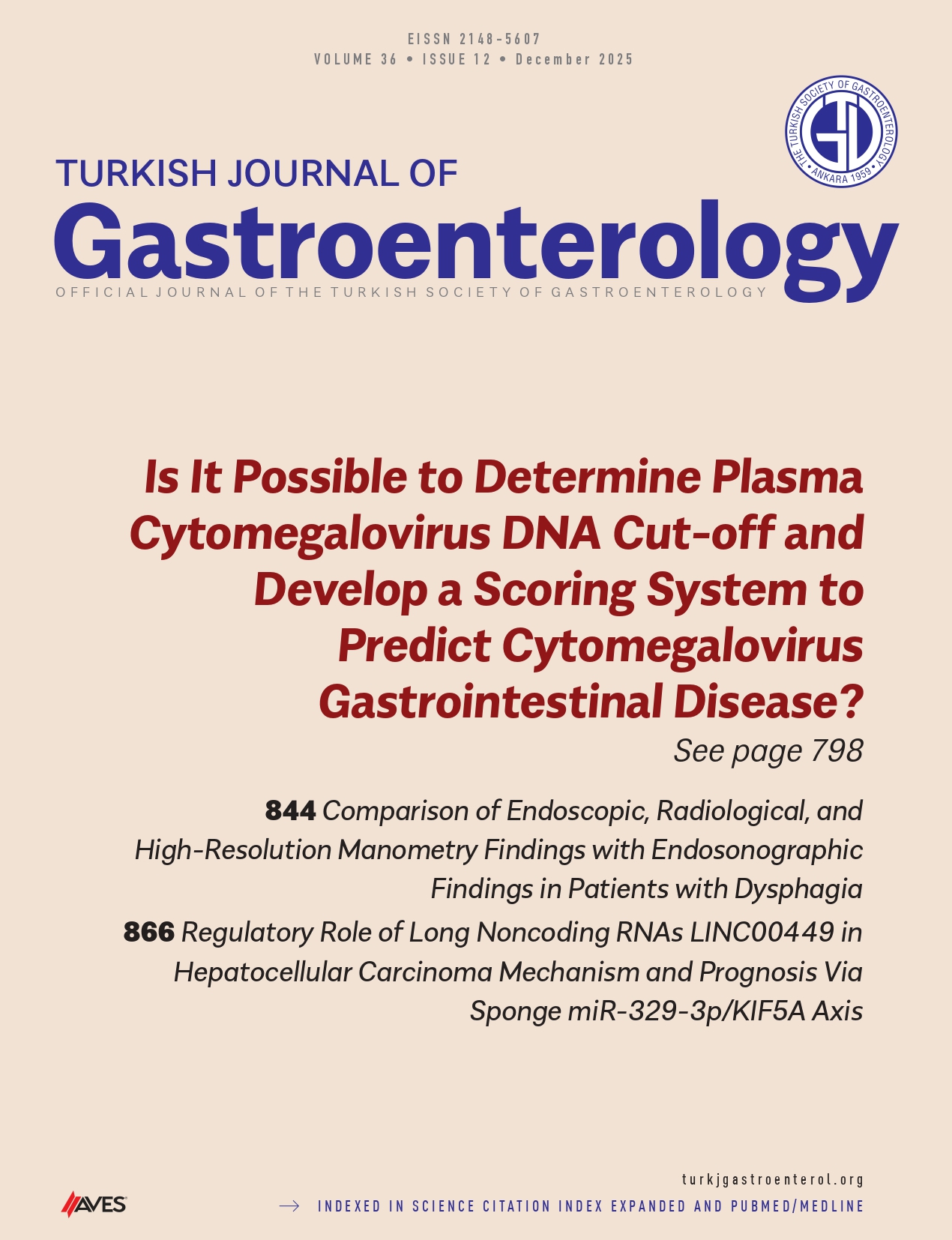Abstract
Background/Aims: Nutcracker esophagus and non-specific motility disorders are the main causes of non-cardiac chest pain (NCCP), with gastroesophageal reflux in 60% of cases. Achalasia and diffuse esophageal spasm are the most frequent anomalies described in patients with dysphagia. The goal of this study was to evaluate the occurrence of esophageal body and lower esophageal sphincter motor abnormalities in patients with dysphagia, NCCP, or both.
Materials and Methods: This study is a retrospective analysis of 716 patients with NCCP and/or dysphagia tested between January 1994 and December 2010. 1023 functional studies were performed, 707 of which were esophageal manometries, 225 esophageal pH-meters, and 44 bilimetries. We divided the patients into three groups: group 1 was composed of patients affected with dysphagia, group 2 with NCCP and group 3 with NCCP and dysphagia.
Results: Manometric anomalies were detected in 84.4% of cases (p<0.001). The most frequent esophageal motility alteration was achalasia (36%). The lower esophageal sphincter was normal in 45.9% of patients (p<0.001). In all 3 groups, 80.9%, 98.8%, and 93.8, respectively, of patients showed normal upper esophageal sphincter (p=0.005).
Conclusion: Our data differs from those of other studies because they were collected from and analyzed by a single tertiary level referral center by a single examiner. This could have eliminated the variability found in different hands and different experiences. The high percentage of symptomatic patients with non-pathologic esophageal motility pattern suggests an unclear origin of the disease, with possible neuromuscular involvement. As a result, these patients may need more-detailed diagnostic studies.




.png)
.png)